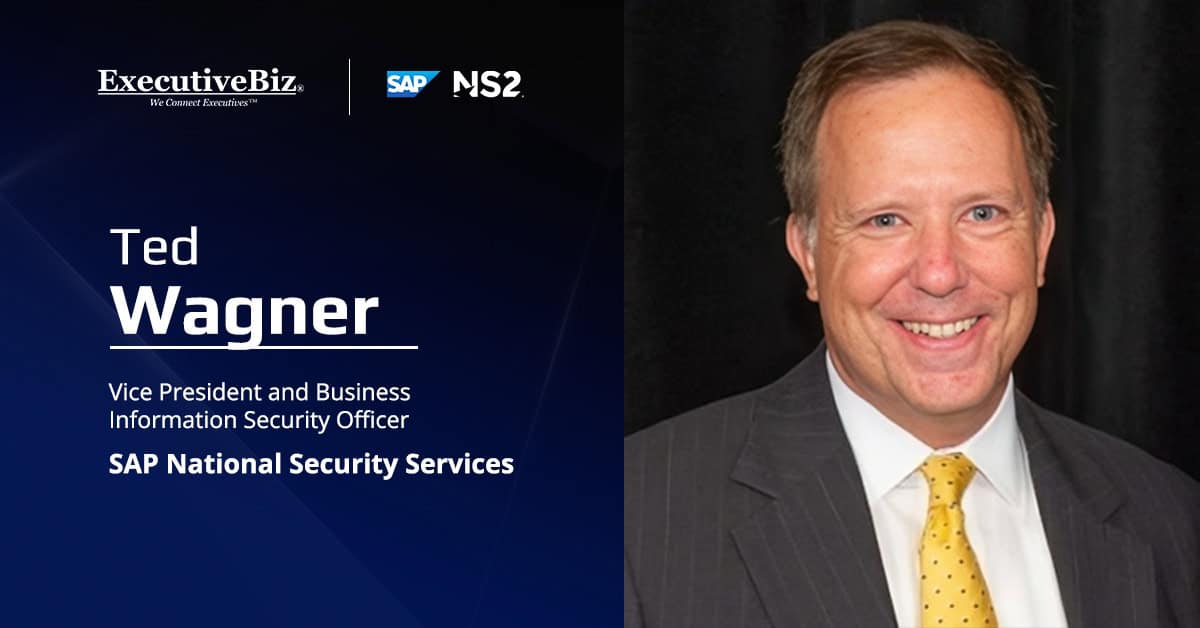Ted Wagner, vice president and business information security officer at SAP National Security Services, said the future of cybersecurity depends on three key imperatives: strengthening public-private collaboration, embedding security-by-design practices into emerging technologies and investing in the next generation of cybersecurity professionals.
“Threat intelligence sharing across government and industry boundaries creates collective defense capabilities that no single organization can achieve alone,” Wagner wrote in a blog post published Monday on SAP NS2’s website.
He noted that security-by-design practices must become the standard as technologies like quantum computing and extended reality take shape.
He also highlighted the need to train and empower future cybersecurity professionals to help organizations “navigate the complex interplay of technology, policy, and human behavior that defines modern security challenges.”
Advancing AI While Maintaining Guardrails
Wagner noted that artificial intelligence has transformed both the offensive and defensive sides of cybersecurity, describing it as a “double-edged sword.”
“While threat actors leverage AI to automate attacks and evade detection, these same technologies enable us to analyze vast datasets for threat patterns, automate responses to common attack vectors, and predict emerging vulnerabilities before they can be exploited,” he explained.
The SAP NS2 executive stated that the company has integrated AI capabilities with its security architecture while maintaining guardrails to ensure human oversight remains central.
“Our approach recognizes that AI must augment human judgment rather than replace it, particularly in high-consequence security decisions,” he added.
Fostering a Culture of Cybersecurity Resilience
According to Wagner, resilience is not achieved through technology alone but “through the integration of people, processes, and technology in a cohesive security culture.”
For defense, intelligence, utilities, healthcare and other highly regulated industries, he noted that building cyber resilience requires shifting from point-in-time compliance to continuous monitoring and promoting cross-functional security awareness.





